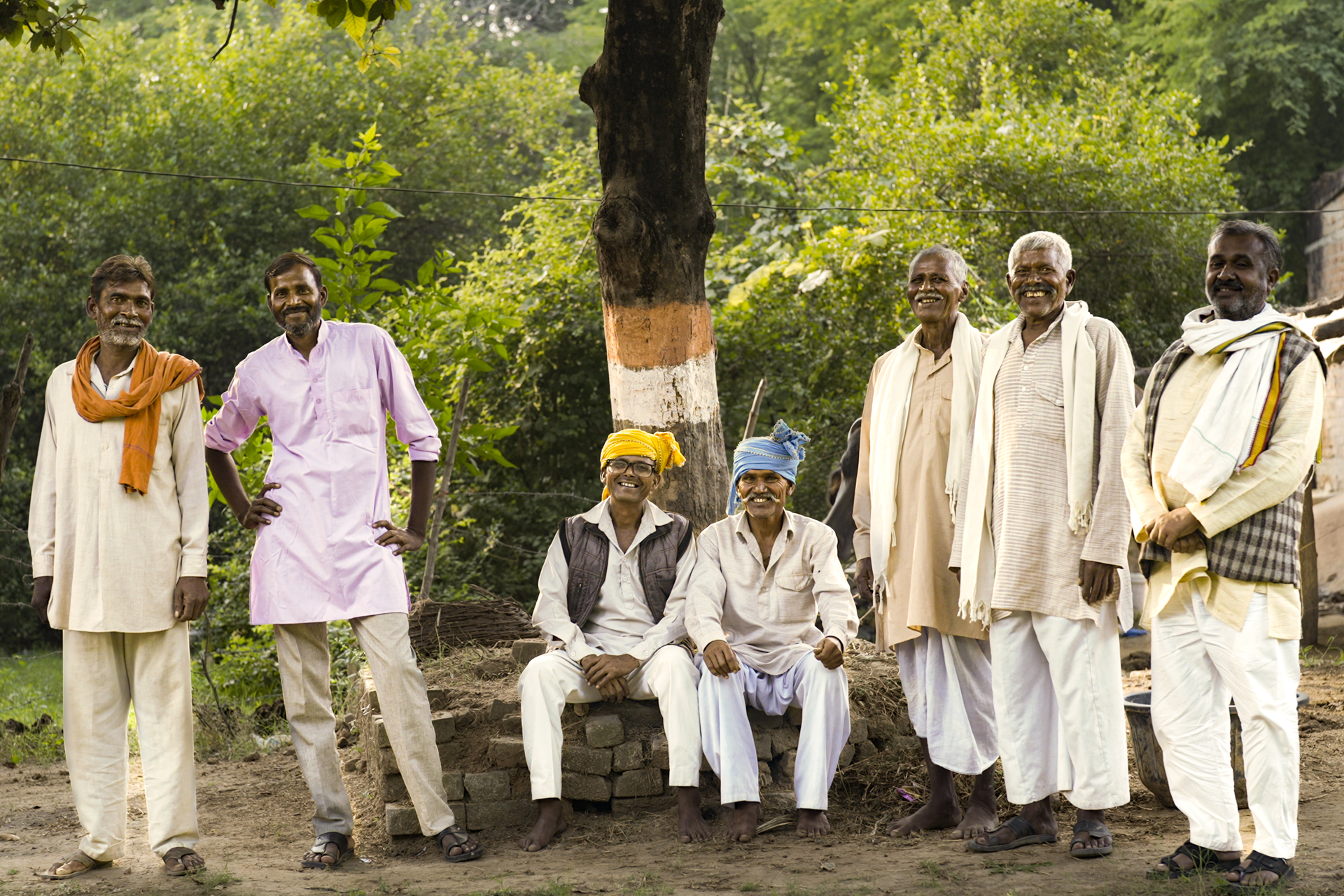
Pandemic and Current Affairs Inspire Folk Musicians
The Covid-19 pandemic has been a turning point in recent times, and it has already found mention in the folk music of our country too.
Bundelkhand region is well-known for its vibrant folk music scene, forming an integral aspect of the culture and celebrations there. The region is splattered with villages where, on festivals and other occasions, musicians gather and perform their compositions and even compete with each other. One such well-known music competition is the Kachiayi sawal-jawab which involves two rival groups who perform songs in the Kachiayi raag. The songs are usually composed on the spot. So, the participants should be good singers and be able to write songs impromptu on various topics ranging from everyday life experiences to social issues to politics. Sattidin and his group are a popular Kachiayi folk group renowned for having won many sawal-jawab competitions and are known as the frontrunners in this genre.
Kachiayi is a classical Hindustani-based tune typically performed using Khanjri, a percussion instrument similar to the tambourine native to India, and a single-string bow instrument called Sarangi, which is similar to other bow instruments like the violin. The two instruments, along with their recognisable tune, are the defining characteristics of Kachiayi. Usually, the singer plays the sarangi as well, and two or more Khanjris are used. The performance begins with a moderately paced tempo and rhythm, known as madhyalay, and it slowly escalates into a faster, upbeat temp, known as drutlay, which gives it a nice, groovy feel to the music. It is a very catchy and versatile tune, as Sattidin explained, and almost any other Bundeli folk song, like Gari, Khyal, Lamtera and others, can be performed in this tune.
Sattidin belongs to a family that has been performing Kachiayi for generations now. He and his extended family are all involved in this. All the group members come from Muskera, a village in the Hamirpur district of Uttar Pradesh, and are related to each other, as everyone is somebody’s cousin, nephew or uncle. They all learnt it from their elders and are preserving this tradition for the coming generations.
As this genre requires wit and a way with language so the performers can improvise their lines on the spot during the competitions, Sattidin also spent time learning to write poems and lyrics for a while. Aside from his singing and music, which he learnt from his uncle mainly, he learned to write from his guru, Thakurdas Rajput. Other group members include Parmeshwari Dayal, who also learnt Kachiayi from his grandfather, Puran Babaji, a well-known genre singer in the region. Dayal also additionally sings Kabir, Rai and Devi Geet. Sattidin’s cousin Laldivan also performs alongside him. Both of them learnt music from Laldivan’s father, who is well-known in Kachiayi and for performing Kabir Panthi, a popular bhajan genre in Uttar Pradesh.
The other four members come from the Kushwaha family in the same village and have been performing Kachiayi for generations. Being from the same village, the members share a very close rapport and usually perform together everywhere, which they’re known for. They’ve performed all around Bundelkhand, even in Chattarpur and Chitrakoot, which house famous and big Kachiayi competitions.
Sattidin writes his songs and improvises them based on his observations. One of the songs he sang talked about the coronavirus pandemic. When asked what inspired him to write a song on the topic, he said that we have all suffered so universally during the pandemic that he thought it should be part of our folk culture and music. We must not forget the pandemic because a large part of our difficulties and suffering during the pandemic were self-inflicted. He believes we could have handled the pandemic better, with not just more effective governance but also with more individual responsibility and understanding of the need of the hour. This is where folk music becomes useful, as it helps us remember our experiences and allow us to reflect upon them.
Sattidin himself was stuck in Delhi with his daughter during the pandemic. With a sudden lockdown, he couldn’t return to his village and was disturbed by the harsh lockdown he witnessed in the city. Not only was he not used to living in the cities, but the lockdown doubled his woes and misery. He said it was a great time to reflect on the state of humanity and our fragile existence, which inspired his song. Kachaiyi naturally became the chosen tune for his song.
Although all the group members have been associated with music their entire lives and find it to be the most fulfilling aspect, they have other vocations too. Sattidin is a mason and earns primarily by working on construction sites. Laldivan is a labourer, while Ram Kishor and Shivkumar sell vegetables for a living. Dayaram is a farmer. Kachiayi is more a means to keep their family tradition going rather than something they necessarily see as a means to earn a living. Sattidin’s sons never learnt music, and he has no reason to force it upon them. He encourages his children to find their calling. He instead teaches his nephews.
The group has been performing Kachiayi within Bundelkhand and is renowned for it, but they dream of taking it beyond the borders of their region. They find inspiration in Hari Shankar Acharya, who is also from the same village and has taken Bundeli songs beyond the region, having written songs for government campaigns. Sattidin and his group also want to perform all across UP and North India and introduce the rich and versatile tradition of Kachiayi to other places and even start competitions there.
